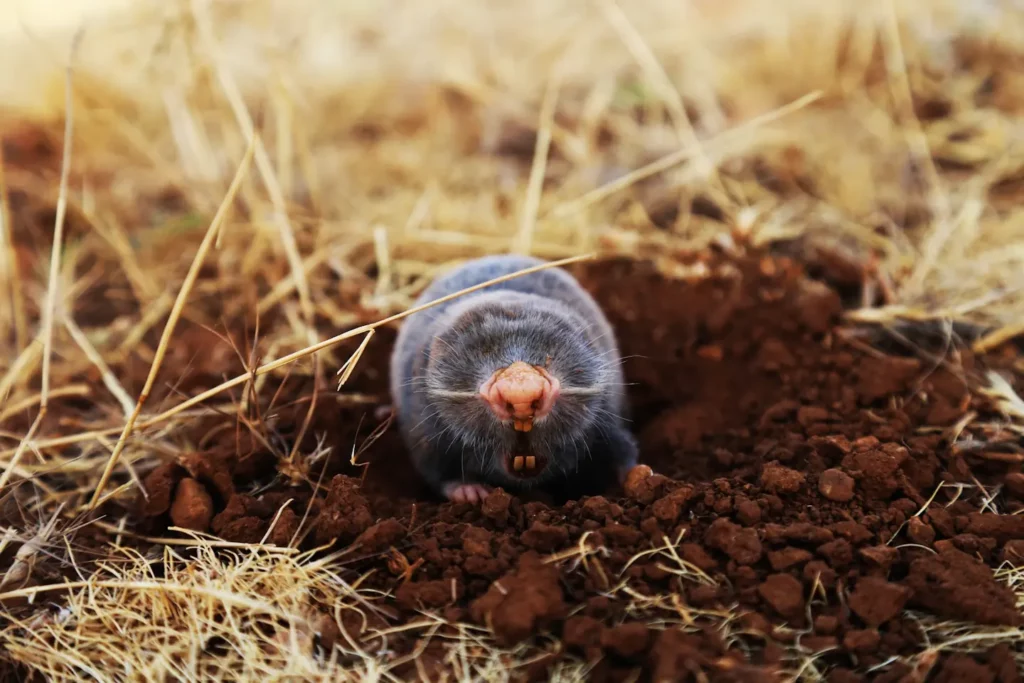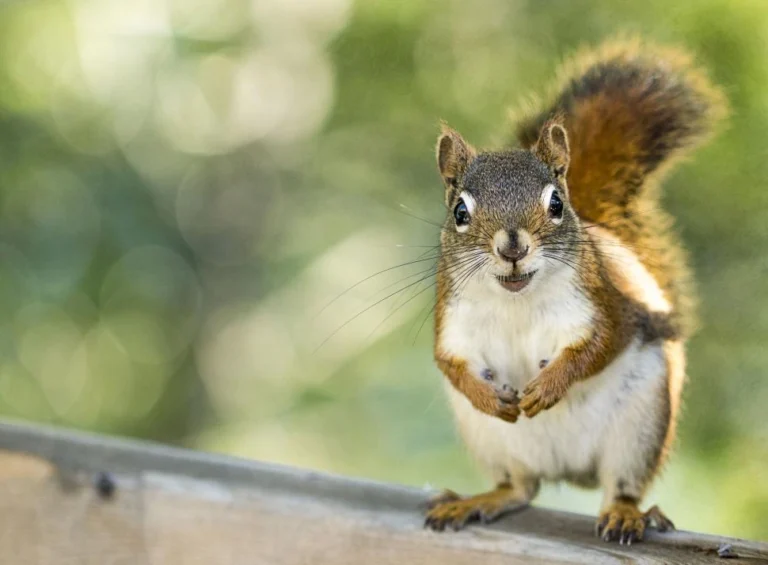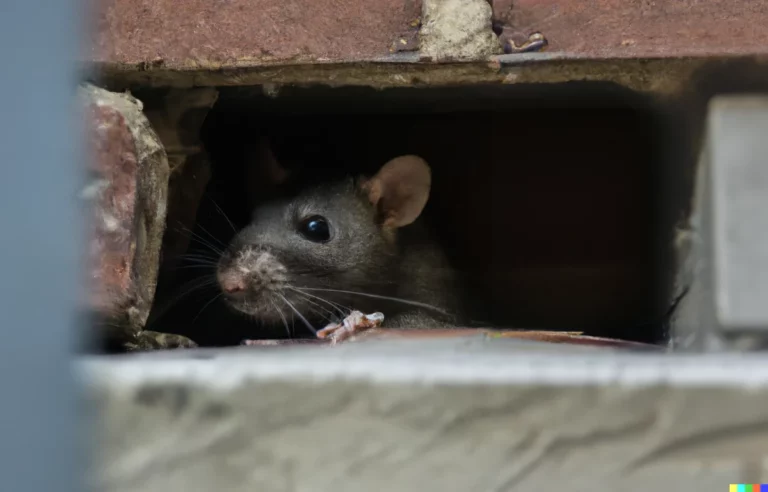Table of Contents
ToggleHow to Humanely Trap and Relocate Moles, Raccoons, and Gophers in or Near Your Home

Animals like moles, raccoons, and gophers may appear adorable, but they can become prevalent and harmful pests in various parts of the country, causing damage to gardens and homes. If you’re wondering how to handle these pests humanely and effectively, trapping and relocating them is one of the best solutions to remove them from your yard, attic, or anywhere else they may be hiding. With the help of this guide, you’ll learn effective methods of pest control to ensure your peace of mind.
Identifying these pests is the first step in dealing with them effectively:
Moles:
Moles primarily live underground and rarely surface. They create networks of tunnels under gardens and yards, digging up to a foot deep into the soil. These solitary creatures are approximately seven inches long, with tiny eyes and hairless snouts. Their ears are not visible, covered by fur, and they have large front feet with webbed toes, while their back feet are small with tiny claws. Look for small mounds or ridges of dirt to detect their presence.
Raccoons:
Easily identifiable by their mask-like markings around the eyes and boldly striped tails, raccoons are scavengers and may invade homes when seeking food or shelter. Full-grown raccoons are typically between two to three feet long and have stocky round bodies. Watch out for damage to insulation or electrical wiring, rummaged trash cans, and signs of rabies, as they are a common host of this disease.
Gophers:
Gophers are rodents often mistaken for squirrels due to their mannerisms and light brown fur. They create crescent-shaped mounds and plug the holes when entering or exiting their dens. Gophers dig deep, long networks of tunnels, causing damage to trees, shrubbery, and gardens.
To get rid of these pests humanely, consider the following methods:
Eliminate food sources: Remove grubs and insects from the soil to deprive moles of their food source. Secure trash cans tightly to discourage raccoons. For gophers, use barriers like raised beds or netted materials to protect your yard’s perimeter.
Try repellents: Castor oil mixed with dish soap and water can repel moles and gophers when sprayed into their tunnels.
Planting and barriers: Use certain plants like daffodils and marigolds to deter moles. For gophers, plant thorny plants and use raised beds. Raccoons can be kept away with the help of thorny plants as well.
Dig a trench: Create a trench filled with rocks or wire mesh to prevent moles and gophers from tunneling through your garden.
Deterrents: Consider using no-kill traps and regularly check them for trapped animals.
Trapping Tips:
When setting traps for moles and gophers, follow these steps:
Locate active tunnels: Identify active tunnels by collapsing areas and observing whether they are rebuilt.
Mask human scents: Minimize your scent on the traps to avoid scaring away the pests.
Mimic the tunnel path: Bury traps along the tunnel’s path to make them appear natural.
Check traps often: Regularly check the traps to ensure a trapped animal is released as soon as possible.
Relocating Trapped Animals:
For humane relocation, consider the following:
Where to relocate: Release the animal in an area with similar environmental conditions to your yard, ensuring it has a chance of survival.
When to relocate: Move the animal as soon as possible to minimize stress and deprivation.
Ask for help: Contact local wildlife rehabilitation centers for assistance and advice on safe relocation practices.
Other types of pests
Moles, raccoons, and gophers aren’t the only pests that humans have to deal with. Here are a few other common pests, how to identify them, and how to get rid of them safely:
Mice
Mice are one of the most common household pests. These tiny rodents live in dark, secluded areas like attics or basements and can cause serious property damage. Mice can chew through wires and drywall and spread disease. Make sure you seal all food and trash and store boxes off the floor. Inspect your home regularly for any signs that mice may be present, including tiny mice droppings, gnaw marks, or holes in food packages and containers.
Rats
Rats enjoy nesting in piles of trash or basements and can gnaw on everything from plastic containers to lead pipes. These large rodents are notorious for spreading a variety of diseases to animals and humans. Though they’re large, some rats can fit through a hole as small as the size of a quarter. Look around your home’s exterior and seal off any gaps or holes with caulk. Make sure your basement is dry and free of excess moisture and humidity.
Cockroaches
Cockroaches, namely German cockroaches, are a very common pest that can wreak havoc on your home and peace of mind. These insects are dark brown in color and love to live in moist, cluttered areas. They often live in the kitchen and bathroom, thanks to easy food and water sources. Keep your kitchen clean and free of food crumbs and trash, and vacuum regularly. Look under sinks and appliances often and follow proper pest control measures to keep them out of your home.
Spiders
There are hundreds of spider species, but the brown recluse is one of the most dangerous to humans. These spiders typically live in dark areas like attics, closets, basements, and crawl spaces, and they love cardboard boxes. Make sure you keep all trees and shrubs neatly trimmed away from your home, and remove any tree limbs hanging above the roof. Store clothes and shoes in airtight containers and look for areas where spiders might want to make a web, then clean and clear those areas thoroughly.
Conclusion:
Dealing with pests like moles, raccoons, and gophers can be challenging, but trapping and relocation is a humane and effective solution. By following the steps and tips provided in this guide, you can safely reduce or eliminate the number of pests on your property, ensuring a pest-free environment for your home, lawn, and garden. Seek professional help from experienced animal control or pest control experts if needed.




